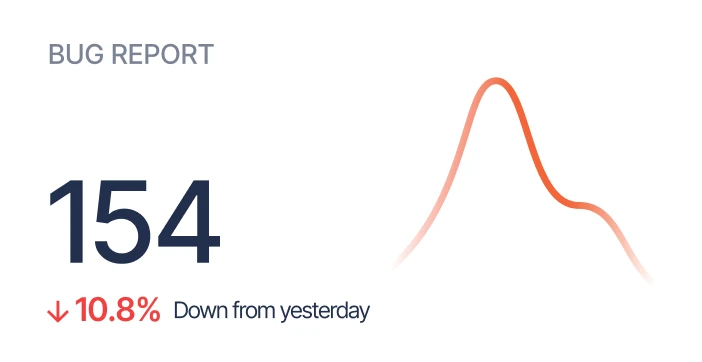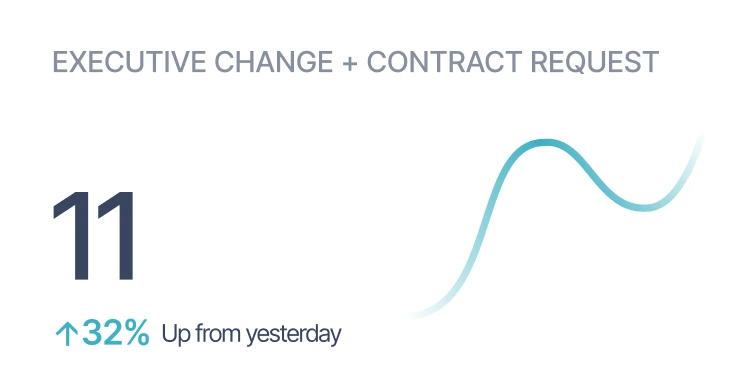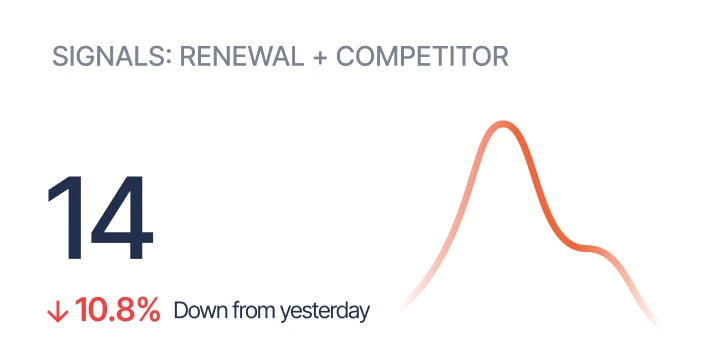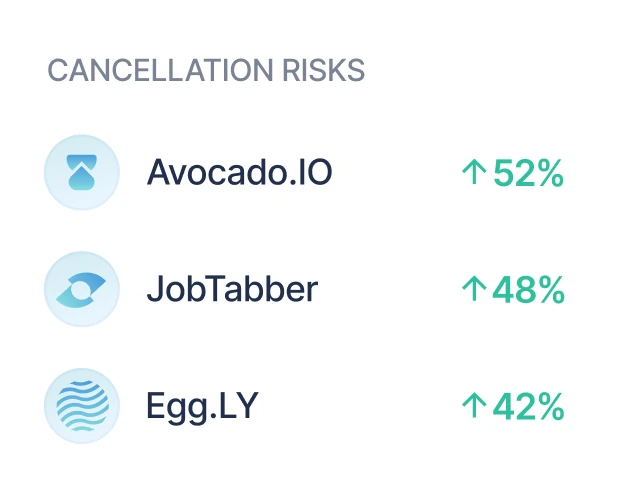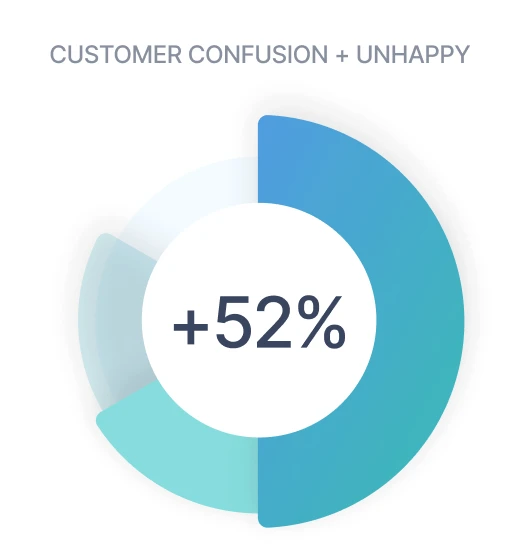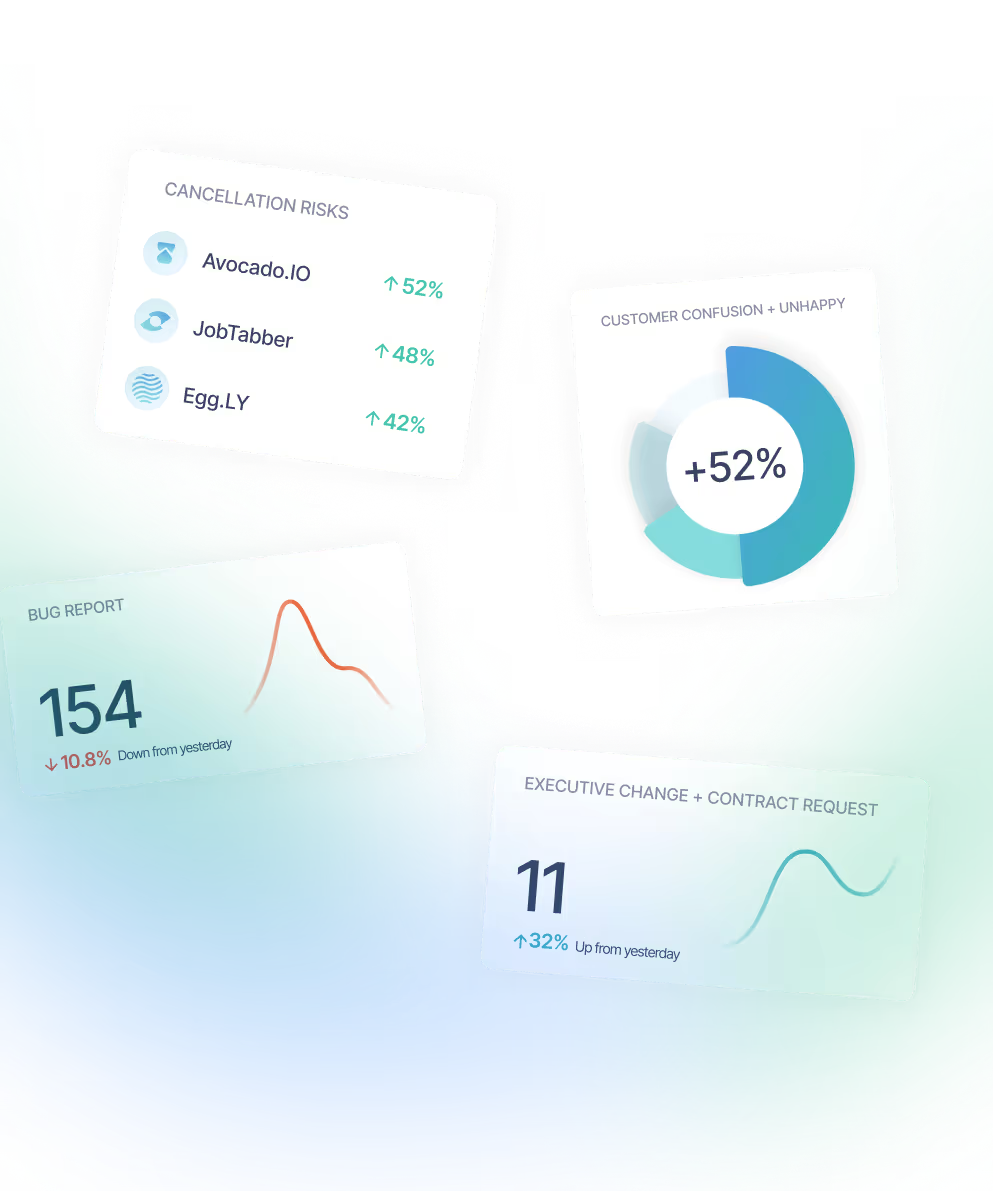Churn. We've all heard about it before, especially if you're building a SaaS business. There's no shortage of thought leaders who proclaim the all too simplistic mantra: "Decrease churn! And increase profits!"
Yet, for many, churn as a metric is confusing and ambiguous. For example, customer churn is different than revenue churn for example and there many ways to calculate churn leading to confusion across your company.
If you're tired of the over-reliance on churn, you're not alone. Analysts and investors have been increasingly skeptical of churn rate calculations for years.
“There are too many darn ways to calculate churn. That makes it ambiguous.” says, Dave Kellogg
So if churn isn't the magic pill many businesses want it to be, what should you be looking at?
It all starts with, net dollar retention.
What is net dollar retention (NDR)?
Net dollar retention (NDR) aka net revenue retention (NRR) has emerged as one of the top SaaS metrics that matter and for good reason.
NDR takes into account upgrades, downgrades, and churn to quantify how much recurring revenue from current customers you retained across a defined period of time. Why focus on a single metric such as churn, that doesn't actually give you the complete picture of the health of your business?
While no one metric is going to transform your business overnight, net dollar retention does help answer two incredibly important questions for businesses (especially SaaS businesses) looking to grow.
Net dollar retention can help answer:
- Is your product delivering the value promised during the sale?
- Are your customers growing with you or without you?
Having answers to these two questions can dramatically improve your business across the board.
What makes net retention so powerful is that for most companies, it’s cheaper to sell to existing customers than to sell to new customers. This makes net retention the most cost-efficient way to accelerate revenue growth. Instead of investing tens of thousands of dollars in a new marketing campaign, you can strategically use net dollar retention to improve the qualities and services of customers who have already trusted you enough to make a purchase. Yes, acquiring new customers is part of the business game, but all too often businesses neglect one of the most important revenue streams that already exist: current customers.
How to calculate net dollar retention
If your NDR is over 100%, this means that an increase in revenue is attributable to your existing customers.
Here’s how to calculate NDR.
(Starting MRR + expansion — downgrades — churn) / Starting MRR = NDR
Here’s an example.
Let’s say you start the month at $100,000 in recurring revenue (MRR). Over the month it added $25,00 in expansion revenue, has $10,000 in downgrades and another $5000 in churn.
($100,000 + $25,000 — $10,000 — $5000)/$100,000 = 110% NDR.
Your MRR is $110,000 with an NDR of 110% This is good. Essentially, your upgrades / upsells lifted your revenue despite losses.
Without understanding your net dollar retention rate, you might be under the impression your business is sinking without a solution in sight. But with the knowledge that current customers are helping keep your business afloat, you can continue to invest in your marketing and business strategy without making rash business decisions.
What is a good net dollar retention (NDR) rate?
A minimum NDR rate of 100% is considered good for SaaS businesses selling to the SMB market. Selling to smaller accounts naturally yields a lower NDR. SMB clients are less financially stable, ripe for acquisition, and have smaller budgets.
An excellent enterprise NDR rate is 130%. As with many SaaS metrics, there are other things to consider. For example, Workday’s NDR is 100% but gross retention is 95%. Either Workday is very good at selling the “whole” deal or their product footprint presents limitations.
Here are some examples of net dollar retention rates for some interesting SaaS and SaaS-enabled companies.

Why you need to care about net dollar retention.
NDR provides a revenue-based view of customer retention. NDR is increasingly important as you scale from a small to a medium-sized business and beyond. For example, a $5MM business that churns 20% can replace that $1MM with a net new business when it’s growing by +50% a year. But when a $30MM business needs to replace $6MM this becomes insurmountable especially if the growth rate is slowing. Understanding net dollar retention from the start will allow you to stay the course if your NDR rate is in line with or above average. Similarly, a low NDR score means you may have bigger challenges within your business you need to address before further investing in scale.
As with most things in business, the effects of NDR compound with time. It’s either additive or punitive with every customer that you acquire. This means that small upticks in NDR can add up to very large differences in total revenue over multiple years. For example, assume a business had $10MM in revenue last year and consistently generates 20% of revenue from new customers. Improving the NDR from 95% to 105% may sound meager, but over five years the business will gain another $5MM in revenue.
One of the biggest challenges within a business is knowing those small actions that have life-sized effects. Monitoring and tracking your NDR rate is invaluable in helping you build a sustainable business over the long term.
How to increase your Net Dollar Retention.
Net dollar retention is an important metric to track. So the question is... how can you start identifying those opportunities to grow and deliverable value at scale?
First, hire a great team of CSMs who know your customer's needs and pain points inside and out.
Second, develop more premium services to sell to your customer base.
While on paper, this sounds straightforward and doable. But frankly, this takes a lot of time, resources, and buy-in from management to create enduring impact.
Now consider this.
What if you had a “tool” that could analyze customer emails, tickets, and conversations for important signals that are typically related to predicting churn?
Maybe something that could listen for suggestions about features and products that might accelerate value capture and lift revenue.
What if you could start such initiatives without major upfront investments in data infrastructure or change the way your teams work?
We may be biased, but here at Sturdy, we created that exact tool. Connect with a member of our team to learn how tracking NDR and other critical metrics can help take your business to the next level.






